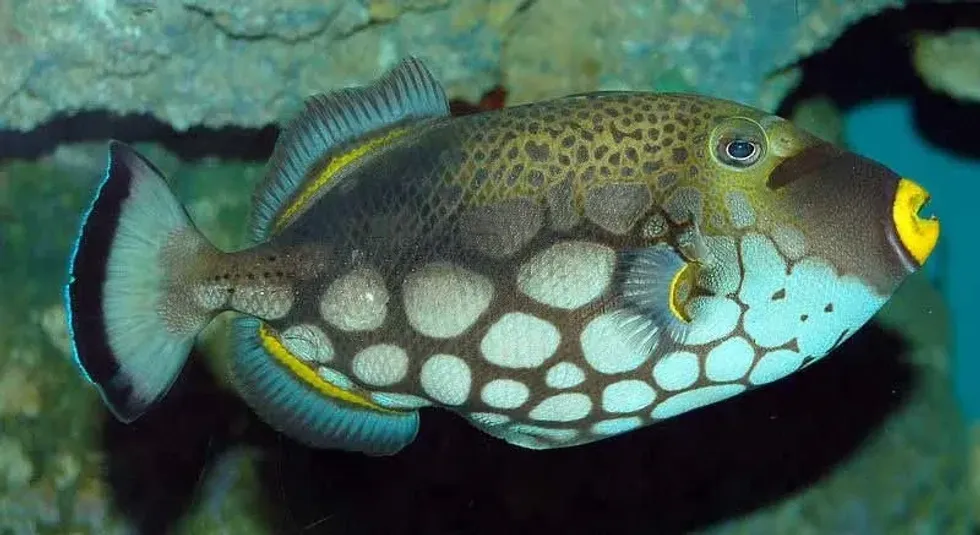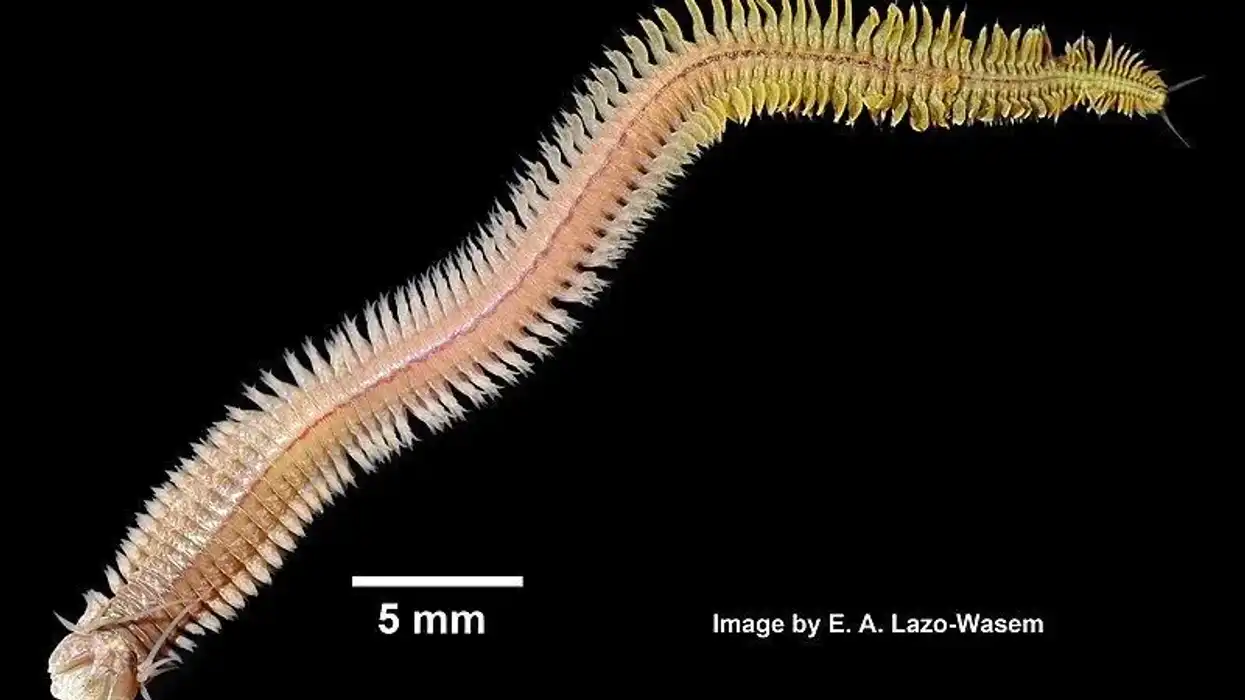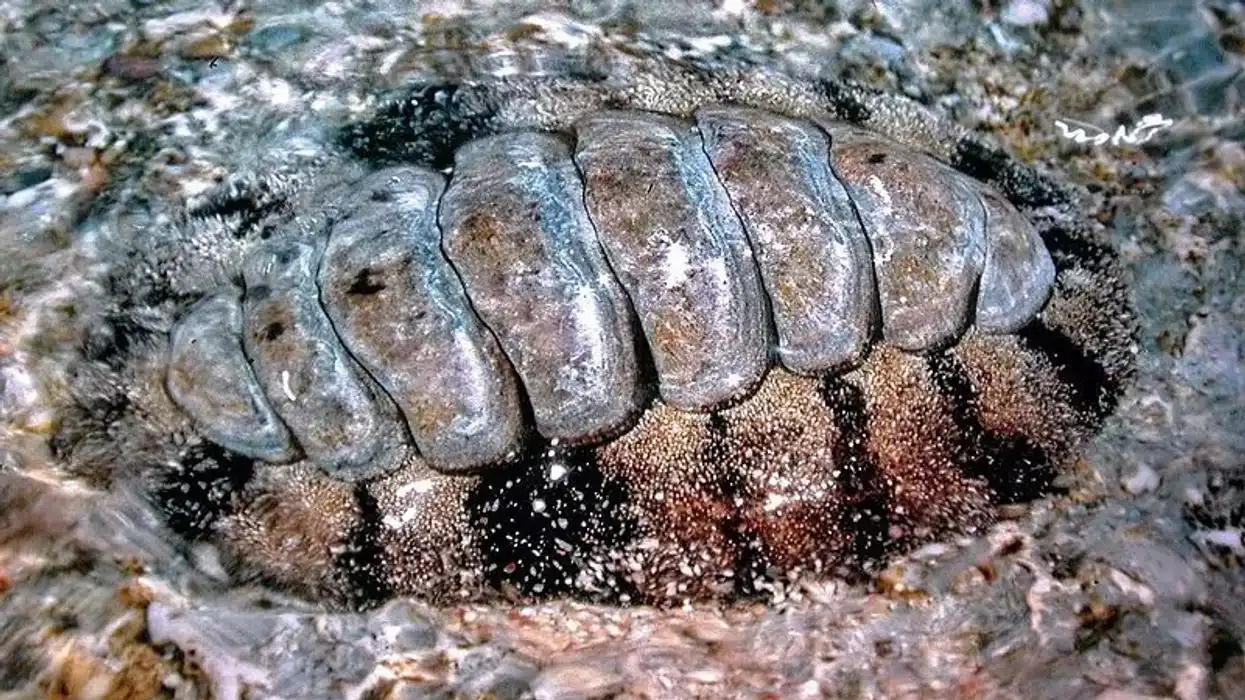If you want your child to know about the world under the oceans and also about one of the most aggressive and colorful fish found there, introduce them to this one. The clown triggerfish belongs to the family Balistidae.
It is a bright-colored fish with yellow lips that is instantly recognized by divers if they ever come across one. It is named after its clown-like appearance and the trigger it generates when threatened.
Due to its color, it is sought after by aquarium enthusiasts. These are well-known predators of the marine ecosystem and their diet includes sea urchins which is a dangerous task.
They are also known to be nasty to other fish and divers if they ever feel threatened. At sea, they tend to avoid larger predators like sharks for fear of being eaten.
Life underwater is truly fascinating! Like reading about this enigmatic creature? Keep on reading. If you like reading about this fish, you may also like reading about triggerfish and robber fly.
Clown Triggerfish Interesting Facts
What type of animal is a clown triggerfish?
A clown triggerfish is a fish of the order Tetraodontiformes, phylum Chordata, and species B. conspicillum.
What class of animal does a clown triggerfish belong to?
The triggerfish clown belongs to the class Actinopterygii.
How many clown triggerfish are there in the world?
They are found in considerable numbers underwater and so, their exact population remains unknown.
Where does a clown triggerfish live?
Clown triggerfish are found in the oceans around coral and rocky reefs. They prefer clear tropical and sub-tropical waters.
What is a clown triggerfish's habitat?
The clown triggerfish's habitat is concentrated in the Indian Ocean and the West Pacific Ocean. They are mostly found in Australia, Indonesia, and Sumatra. Its habitat also includes the coast of East and South Africa and Japan. It is found in New Caledonia too.
Who does clown triggerfish live with?
A clown triggerfish (Balistoides conspicillum) is solitary by nature. Sometimes they are found in pairs or loose groups but this mainly happens when they are reproducing.
How long does a clown triggerfish live?
The fish can live for up to eight years in the wild. In captivity and aquariums, they can live up to 20 years.
How do they reproduce?
Males and females of this species meet at traditional breeding grounds. This meet is governed by the moon and tides.
Males are quick to establish their territories and form nests on the seabed. Once females arrive, the males actively court them. A female decides which male to choose and the eggs are then laid and quickly fertilized by the males.
One male may look after a harem of two to five females. Females are known to blow water at the eggs to keep them well supplied with oxygen. A female takes charge once the eggs hatch and it takes around eight days for the eggs to hatch.
The fries are kept deep under the ocean at the same place where spawning takes place. This is done until they have a range of 6-7.9 (15-20 cm) in size.
The eggs are green in color and are laid in mortar-shaped nests. They hatch after dark and the juveniles reach sexual maturity after one year. They have more spots on their bodies.
What is their conservation status?
According to the IUCN Red List, clown triggerfish (Balistoides conspicillum) have a conservation status of Not Evaluated.
Clown Triggerfish Fun Facts
What do clown triggerfish look like?
The body shape of this creature belonging to the Balistidae family is elliptical with polka dots. The head of this fish is so large that it constitutes about one-third of its total body weight.
The body is black with large white spots around the lower portion. The mouth has a bright yellow ring followed by an outer white ring and it has a strong jaw and sharp teeth. Their teeth never stop growing.
The tail is broom-like and is not always used while swimming. The skin around the first dorsal fin has leopard-like yellow patterns. The first dorsal fin is composed of three spines and the second dorsal fin is similar in appearance to the anal fin.
Their eyes are set high up on their head and can move independently. There are no visual differences between the sexes.
How cute are they?
Triggerfish are beautiful predators. They may not be called cute. However, the fries are cute and very difficult to spot!
How do they communicate?
The only type of communication triggerfish is known to indulge in is a grunting sound when it feels agitated.
How big is a clown triggerfish?
Triggerfish can reach a maximum length of 19 in (50 cm). It is bigger than other small marine fish.
How fast can a clown triggerfish swim?
A clown triggerfish is capable of swimming at a high and prolonged speed.
How much does a clown triggerfish weigh?
The weight of a clown triggerfish is not known as it has not been specified.
What are the male and female names of the species?
No specific male and female names have been assigned to this species.
What would you call a baby clown triggerfish?
A baby clown triggerfish is called a fry.
What do they eat?
A triggerfish's diet includes crustaceans like crabs, mollusks, small fish, echinoderms, shellfish, small shrimps, squid, marine algae, corals, and small octopuses. They are carnivorous fish and make remarkable use of their strong jaws and teeth. They flip over sea urchins to attack their bellies as there are fewer spines.
Are they poisonous?
A clown triggerfish possesses a poisonous dorsal spine that locks in place when this aggressive fish feels threatened. It is unlocked by pressing the second spine, which is called the trigger, giving the fish its name.
Would they make a good pet?
Clown triggerfish are kept in aquariums because of their magnificent coloring. However, they are very aggressive by nature. They may be trained to eat out of the hand of an owner but they may bite you with their sharp teeth. They are also known to kill other small crustaceans like crabs or fish who are their tank mates.
When kept in captivity, a temperature of 76- 82 F (24-28 C) is to be maintained along with a pH of 8.1 - 8.4. The ideal specific gravity is 1.021 - 1.025 and carbonate hardness (dKH) is 8-12.
An aquarium size of a minimum of 120 gal (546 L) is needed for adult clown triggers. They may be kept with large angelfish, other triggerfish, large Surgeonfish, large fox faces, or other such fish which will be able to hold their ground against triggerfish as they have very different personalities.
Did you know...
When it is afraid for its life, a triggerfish seeks refuge in crevices and uses its dorsal fin and teeth to hold on to them. They use wedging tactics to stay safe at night. These fish are diurnal and are highly active throughout the day.
This saltwater fish is also known as a big spotted triggerfish or a yellow-blotched triggerfish. They are known to rearrange the aquariums by knocking off rocks. Black and white baits work best for this fish.
Sometimes this trigger is commonly called a Baliste clown and is the only one of this species that is bred in home aquariums. This means it can be quite expensive.
The colorful patterns of a clown triggerfish help it to shake off predators. It does so by blending with the coral environment. To uncover any hidden threat, they blow water jets into the sand bed.
The bite of this fish has a toxin called ciguatoxin. This fish is not consumed by humans because they are ciguatoxic and a bite should be treated properly with medicines.
Are clown triggerfish reef safe?
This fish with the scientific name, Balistoides conspicillum, are usually not reef safe and are difficult to manage in coral aquariums. They are known to destroy reef aquariums.
How deep can a clownfish swim?
A triggerfish is found mostly in the demersal zone up to a depth of 246 ft (75 m). They are found between 3-250 ft (0.9-76.2 m) in the ocean.
Here at Kidadl, we have carefully created lots of interesting family-friendly animal facts for everyone to discover! Learn more about some other fishes including giant trevally and hogfish.
You can even occupy yourself at home by drawing one on our clown triggerfish coloring pages.










